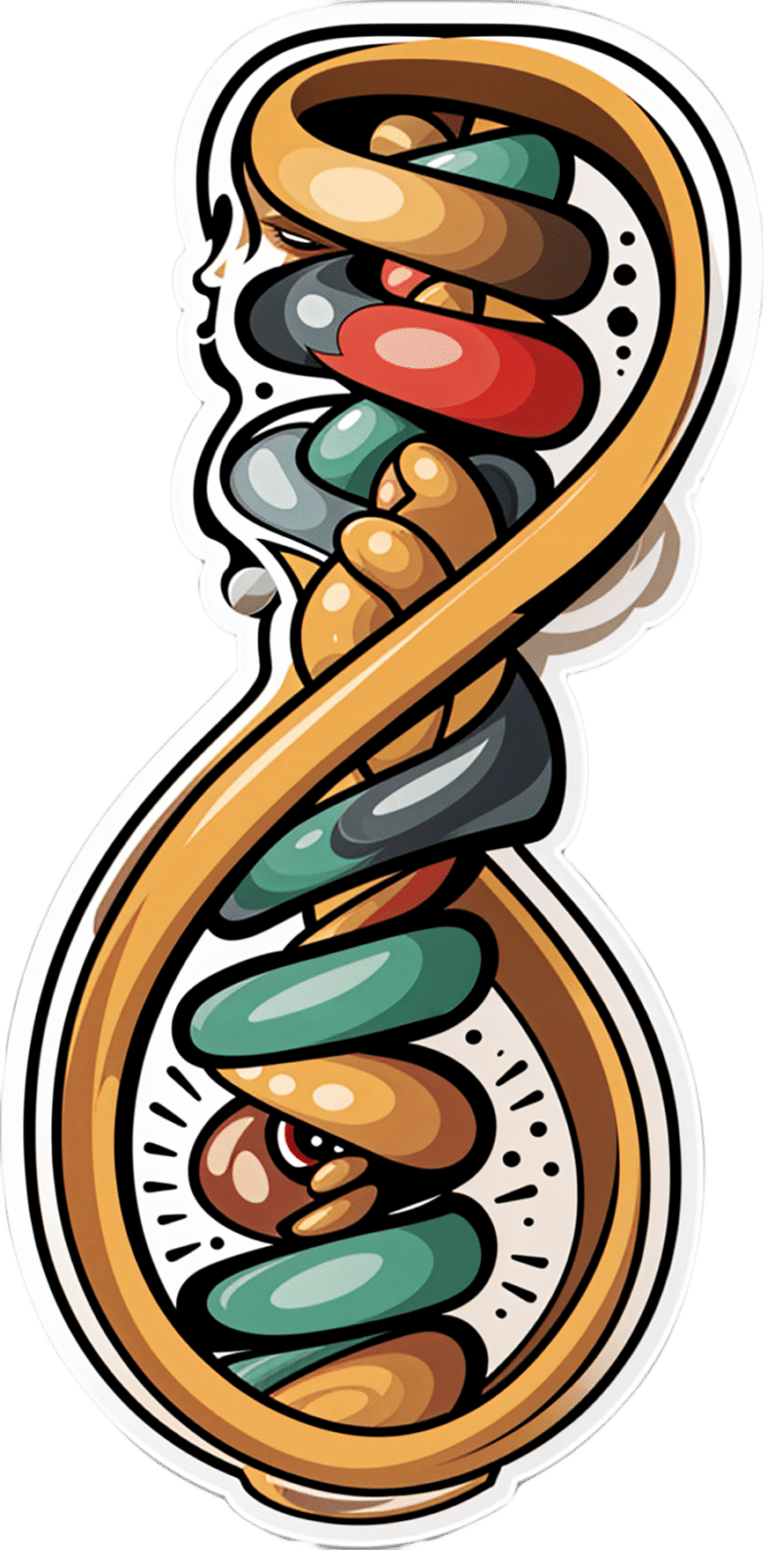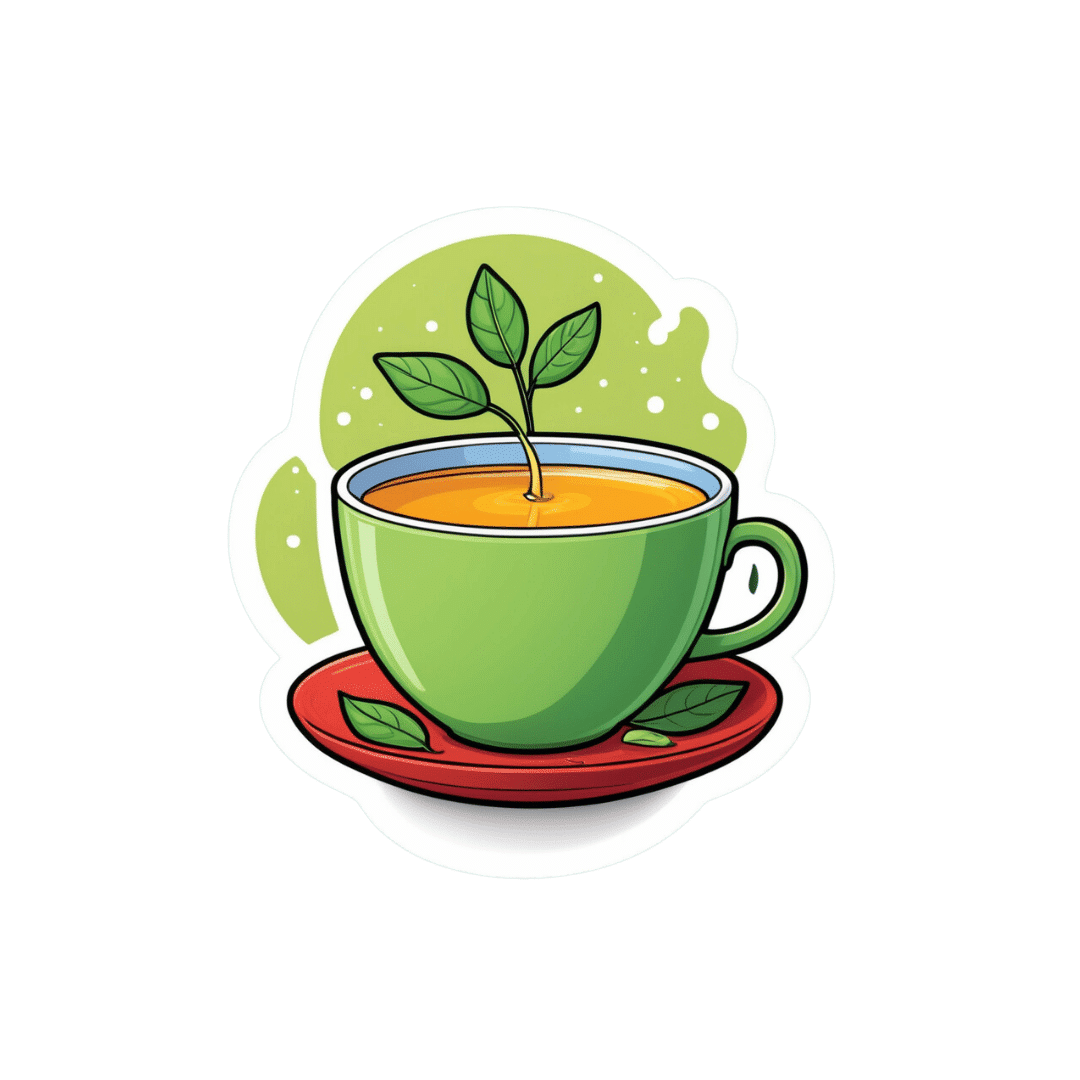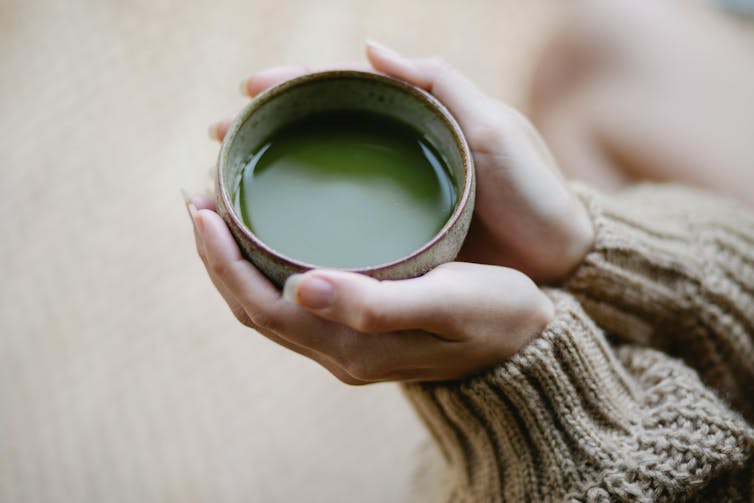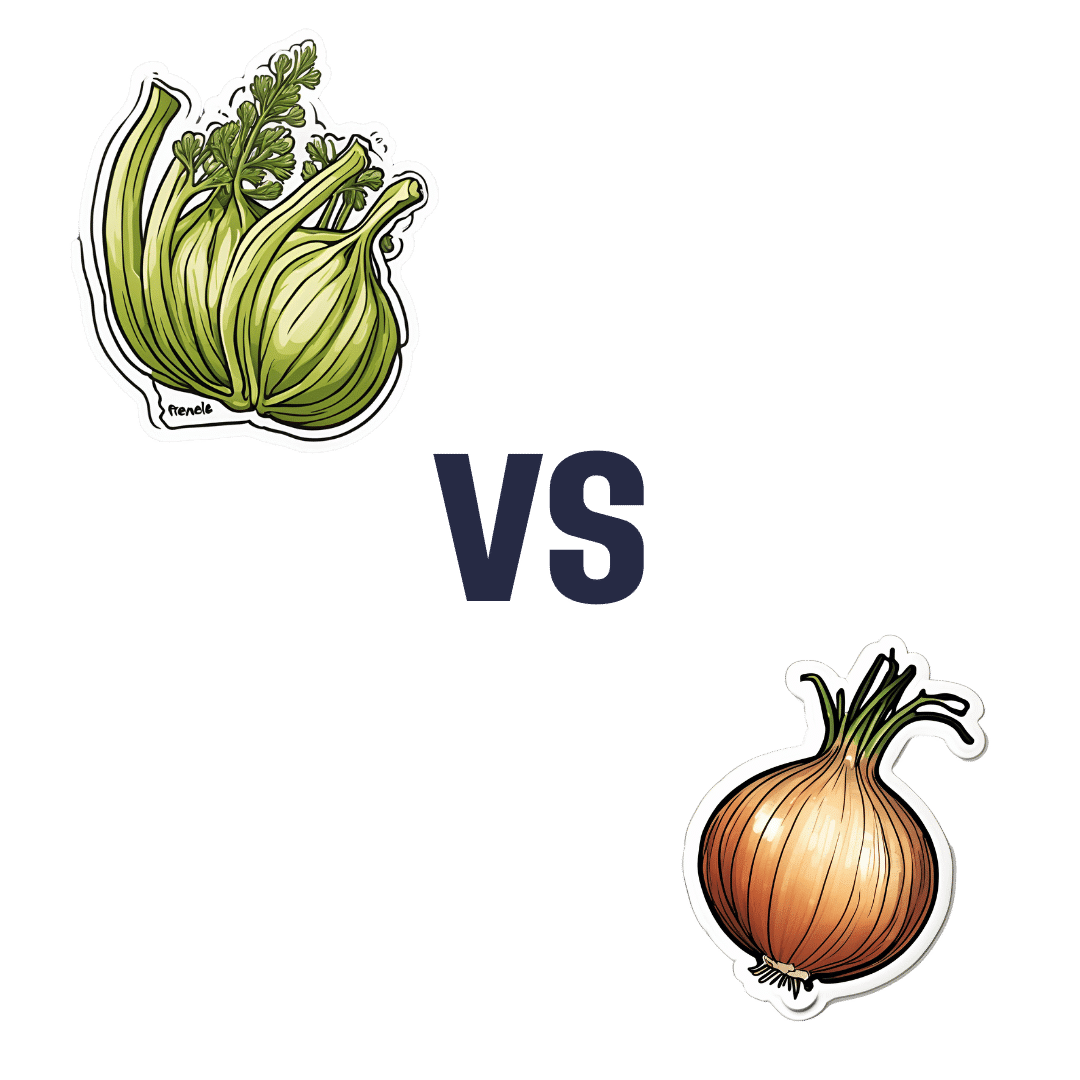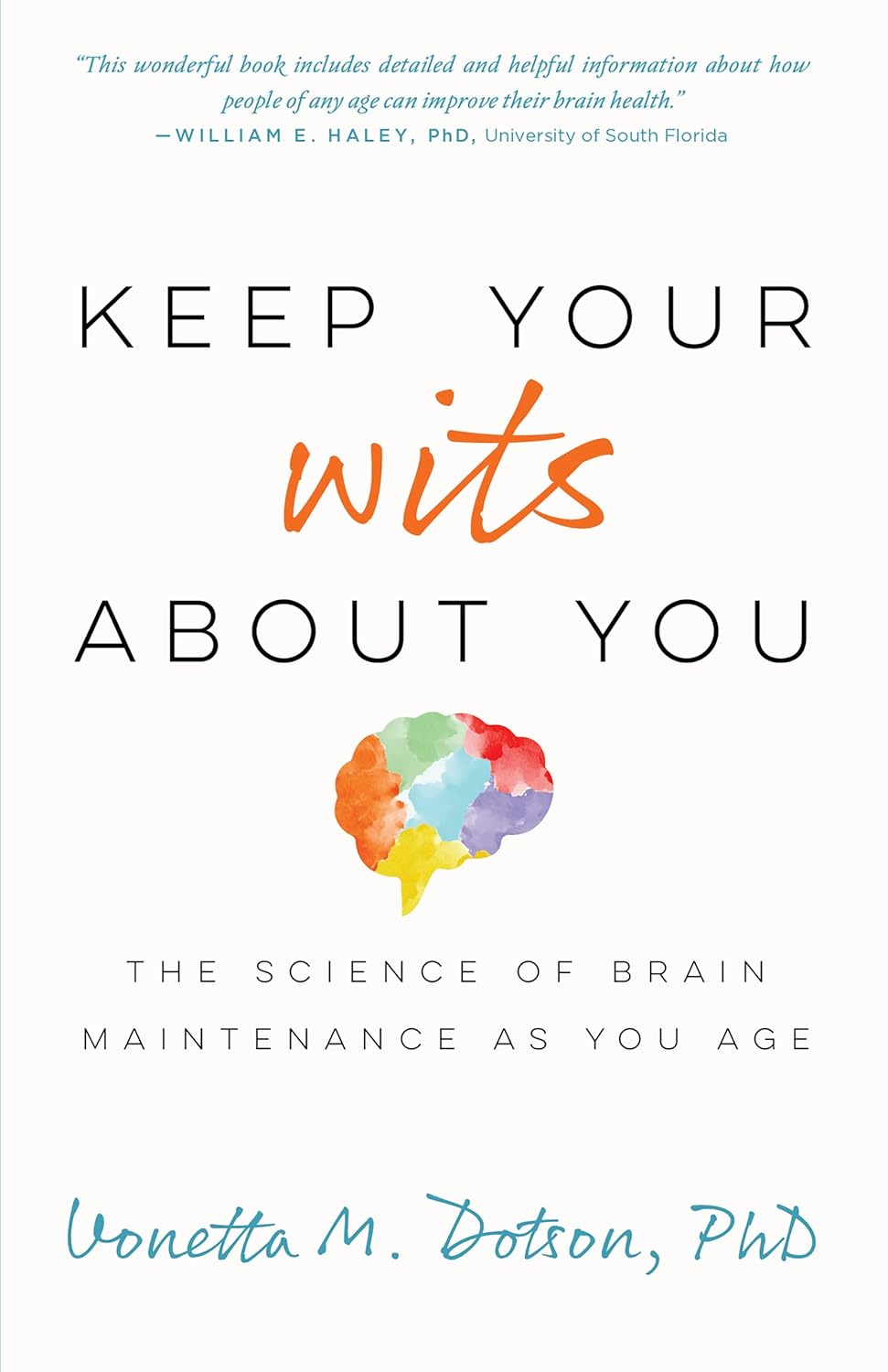
Broccoli Sprouts & Sulforaphane
10almonds is reader-supported. We may, at no cost to you, receive a portion of sales if you purchase a product through a link in this article.
It’s Q&A Day at 10almonds!
Have a question or a request? We love to hear from you!
In cases where we’ve already covered something, we might link to what we wrote before, but will always be happy to revisit any of our topics again in the future too—there’s always more to say!
As ever: if the question/request can be answered briefly, we’ll do it here in our Q&A Thursday edition. If not, we’ll make a main feature of it shortly afterwards!
So, no question/request too big or small 😎
❝How much science is there behind sulforaphane / broccoli spirits and its health claims??❞
So, first of all, what it is: sulforaphane is a compound found in Brassica oleracea, of which species broccoli is a cultivar. It’s found in the other Brassica oleracea cultivars too (e.g. cauliflower, various cabbages, Brussels sprouts, kale, etc), but for whatever reason*, most research has been on broccoli and broccoli sprouts.
*Likely the reason is: research begets research—it’s easier to get funding to expand upon previous research, than it is to break ground on researching a different plant, where for the first third of your paper you have almost no existing scientific literature to cite. So once they got started on broccoli sprouts, everything else has been broccoli sprouts too.
And for clarity on what broccoli sprouts are: this means that when broccoli seeds have been germinated and just begun to sprout, they are harvested and eaten. That’s the one-line explanation, anyway; there’s a little more to it than that, so anyone interested should check out our previous main feature:
Good Things Come In Small Packages: Sprout Your Seeds, Grains, Beans, Etc
…and for more depth than we have room for in a one-page article, check out this book we reviewed:
The Sprout Book: Tap Into The Power Of The Planet’s Most Nutritious Food – by Doug Evans
One thing that the science is clear on: sprouts of a given plant indeed have much higher general nutritional density than their “adult” siblings. And in the case of sulforaphane specifically, it’s about 100x higher in broccoli sprouts than in adult broccoli:
Broccoli or Sulforaphane: Is It the Source or Dose That Matters? ← we suggest skipping down to the section “broccoli-based clinical trials”
So, that prompts the next question: do we care?
In other words: is sulforaphane really particularly important?
Sulforaphane vs cancer
The most well-evidenced health-giving property of sulforaphane is its anticancer activity:
Brassicaceae-Derived Anticancer Agents: Towards a Green Approach to Beat Cancer
A lot of the research there is epidemiological rather than RCTs, and where there are RCTs, they are mostly small ones, like this 10-person broccoli soup study about bioavailability (rather than the effects themselves):
Bioavailability of Glucoraphanin and Sulforaphane from High-Glucoraphanin Broccoli
To get into sulforaphane’s anticancer potential in seriousness, we have to look at a lot of in-vitro studies trialling it to limit carcinogenesis, or to shrink tumors with it, or specifically targetting cancer stem cells with it, which make for quite compelling reading:
A quick aside: if you’re reading that and thinking “Why is sonic the hedgehog in here?” it’s because after the observation of the influence of certain genes that influence cuticular denticles (the growth of spikes) on fruit fly larvae (bearing in mind the fruit fly Drosophila melanogaster is used for so much first- or second-line genetic research, being either the go-to or the go-to after the nematode C. elegans) caused the whole group of genes to get called “hedgehog genes” and then it became scientific convention to name each newly researched gene in that set after a different kind of hedgehog. One of them, instead of being named after a real-world hedgehog species like the others, got named after the videogame character.
Unfortunately, this now means that because the gene is associated with a certain congenital brain disorder, sometimes a doctor has to explain to a family that the reason their baby has a brain defect is because of a mutated sonic hedgehog.
Ok, back to talking about cancer. Let’s just quickly drop a few more papers so it’s clear that this is well-established:
- Multi-targeted prevention of cancer by sulforaphane ← this shows how it works on the cellular level
- Cruciferous vegetables: dietary phytochemicals for cancer prevention ← this shows how it works on the population level
However, that’s not the only established benefit:
❝SFN has other beneficial effects in addition to cancer protection. SFN exhibits neuroprotective effects and is implemented in treating conditions such as traumatic brain injury, Alzheimer’s disease and Parkinson’s disease.❞
Source: Sulforaphane in broccoli: The green chemoprevention!! Role in cancer prevention and therapy
Now, after the extract we quoted above, the rest of the section “other health benefits of sulforaphane” includes a lot of speculation, weak science, and/or things attributable to other phytochemicals in broccoli, including various polyphenols, vitamins, and minerals.
About those broccoli spirits
Ok, we know it was a typo, but… Actually, there is something worth mentioning here, and that’s that sulforaphane is only activated when glucoraphanin (its inactive form) comes into contact with myrosinase (an enzyme that’s only released when the plant is damaged).
In other words, it’s necessary to injure the broccoli before consuming it, in order to release the spirits myrosinase. Now, while very few people are out there swallowing adult broccoli plants whole, it could well happen that people might wolf down uncut broccoli sprouts, since they are only small, after all.
For this reason, it’s best that broccoli, even if it’s broccoli sprouts, be cut while raw before consumption.
In terms of cooking, heat in excess of 140℃ / 284℉ will destroy the glucoraphanin, and less/no glucoraphanin means less/no sulforaphane.
So, enjoying them raw or lightly steaming them seems to be best for this purpose:
Impact of thermal processing on sulforaphane yield from broccoli (Brassica oleracea L. ssp. italica)
Just want a supplement?
Many studies (including some cited by the research reviews we cited above) deal with sulforaphane in extract form, rather than whole plants, so there’s no shame in taking it that way if you’re not a fan of broccoli.
We don’t sell it, but here for your convenience is an example product on Amazon 😎
Enjoy!
Don’t Forget…
Did you arrive here from our newsletter? Don’t forget to return to the email to continue learning!
Recommended
Learn to Age Gracefully
Join the 98k+ American women taking control of their health & aging with our 100% free (and fun!) daily emails:
-
Dancing vs Parkinson’s Depression
10almonds is reader-supported. We may, at no cost to you, receive a portion of sales if you purchase a product through a link in this article.
This is a fun study, and the results are/were very predictable, and/but not necessarily something that people might think of in advance. First, let’s look at how some things work:
Parkinson’s disease & depression
Parkinson’s disease is a degenerative neurological disease that, amongst other things, is characterized by low dopamine levels.
For the general signs and symptoms, see: Recognize The Early Symptoms Of Parkinson’s Disease
Dopamine is the neurotransmitter responsible for feelings of reward, is involved in our language faculties and the capacity to form plans (even simple plans such as “make a cup of coffee”) as well as being critical for motor functions.
See also: Neurotransmitter Cheatsheet ← for demystifying some of “what does what” for commonly-conflated chemicals
You can see, therefore, why Parkinson’s disease will often have depression as a comorbidity—there may be influencing social factors as well (many Parkinson’s disease sufferers are quite socially isolated, which certainly does not help), but a clear neurochemical factor that we can point to is “a person with low dopamine levels will feel joyless, bored, and unmotivated”.
Let movement be thy medicine
Parkinson’s disease medications, therefore, tend to involve increasing dopamine levels and/or the brain’s ability to use dopamine.
Antidepressant medications, however, are more commonly focused on serotonin, as serotonin is another neurotransmitter associated with happiness—it’s the one we get when we look at open green spaces with occasional trees and a blue sky ← we get it in other ways too, but for evolutionary reasons, it seems our brains still yearn the most for landscapes that look like the Serengeti, even if we have never even been there personally.
There are other kinds of antidepressants too, and (because depression can have different causes) what works for one person won’t necessarily work for another. See: Antidepressants: Personalization Is Key!
In the case of Parkinson’s disease, because the associated depression is mostly dopamine-related, those green spaces and blue skies and SSRIs won’t help much. But you know what does?
Dance!
A recent (published last month, at time of writing) study by Dr. Karolina Bearss et al. did an interventional study that found that dance classes significantly improved both subjective experience of depression, and objective brain markers of depression, across people with (68%) and without (32%) Parkinson’s disease.
The paper is quite short and it has diagrams, and discusses the longer-term effect as well as the per-session effect:
Dance is thought to have a double-effect, improving both cognitive factors and motor control factors, for obvious reasons, and all related to dopamine response (dancing is an activity we are hardwired to find rewarding*, plus it is exercise which also triggers various chemicals to be made, plus it is social, which also improves many mental health factors).
*You may have heard the expression that “dancing is a vertical expression of a horizontal desire”, and while that may not be true for everyone on an individual level, on a species level it is a very reasonable hypothesis for why we do it and why it is the way it is.
Want to learn more?
We wrote previously about battling depression (of any kind) here:
The Mental Health First-Aid That You’ll Hopefully Never Need
Take care!
Share This Post
-
Tartar Removal At Home & How To Prevent Tartar
10almonds is reader-supported. We may, at no cost to you, receive a portion of sales if you purchase a product through a link in this article.
Three things to bear in mind:
- Tartar is hardened plaque.
- Plaque is an infected biofilm that expands the natural thin film on teeth.
- Healthy biofilm resists plaque and tartar formation.
Therefore, the recommended approach is a multistep program:
The Complete Mouth Care System
Dr. Phillips recommends to use these five products in this order twice daily:
- Zellie’s Mints & Gum: having 6–10 grams of xylitol daily will help to loosen plaque on teeth so that the following program is more effective. Xylitol protects from mouth acidity and help to remineralize teeth.
- CloSYS Prerinse: CloSYS will prepare your teeth for brushing. This pH neutral rinse ensures that brushing teeth does not occur in an acidic mouth and therefore easily damage teeth.
- Crest Cavity Protection Regular Paste: has an active ingredient of sodium fluoride at optimal concentration (not stannous fluoride). This paste has the proper abrasion and no glycerine.
- Listerine: is an effective rinse that targets the bacteria that cause plaque build up and gingivitis with three active ingredients: eucalyptus essential oil, menthol essential oil, and thymol essential oil. As such, unlike many mouthwashes, listerine does not harm the mouth’s diversity of good bacteria or the mouth’s production of nitric oxide.
- ACT Anticavity Rinse: ACT is a very dilute but extremely effective sodium fluoride solution. It helps prevent and reverse cavities, strengthen teeth, reduce sensitivity, and leaves your breath fresh.
She advises us that by doing this twice-daily over 6 months, we can expect significant tartar reduction, and indeed, that dental appointments may reveal minimal or no need for tartar removal.
For more on all of this, enjoy:
Click Here If The Embedded Video Doesn’t Load Automatically!
Want to learn more?
You might also like to read our own three-part series:
- Toothpastes & Mouthwashes: Which Help And Which Harm?
- Flossing Without Flossing?
- Less Common Oral Hygiene Options ← we recommend the miswak! Not only does it clean the teeth as well as or better than traditional brushing, but also it changes the composition of saliva to improve the oral microbiome, effectively turning your saliva into a biological mouthwash that kills unwanted microbes and is comfortable for the ones that should be there.
Take care!
Share This Post
-
Make Your Negativity Work For You
10almonds is reader-supported. We may, at no cost to you, receive a portion of sales if you purchase a product through a link in this article.
What’s The Right Balance?
We’ve written before about positivity the pitfalls and perils of toxic positivity:
How To Get Your Brain On A More Positive Track (Without Toxic Positivity)
…as well as the benefits that can be found from selectively opting out of complaining:
A Bone To Pick… Up And Then Put Back Where We Found It
So… What place, if any, does negativity usefully have in our lives?
Carrot and Stick
We tend to think of “carrot and stick” motivation being extrinsic, i.e. there is some authority figure offering is reward and/or punishment, in response to our reactions.
In those cases when it really is extrinsic, the “stick” can still work for most people, by the way! At least in the short term.
Because in the long term, people are more likely to rebel against a “stick” that they consider unjust, and/or enter a state of learned helplessness, per “I’ll never be good enough to satisfy this person” and give up trying to please them.
But what about when you have your own carrot and stick? What about when it comes to, for example, your own management of your own healthy practices?
Here it becomes a little different—and more effective. We’ll get to that, but first, bear with us for a touch more about extrinsic motivation, because here be science:
We will generally be swayed more easily by negative feelings than positive ones.
For example, a study was conducted as part of a blood donation drive, and:
- Group A was told that their donation could save a life
- Group B was told that their donation could prevent a death
The negative wording given to group B boosted donations severalfold:
Read the paper: Life or Death Decisions: Framing the Call for Help
We have, by the way, noticed a similar trend—when it comes to subject lines in our newsletters. We continually change things up to see if trends change (and also to avoid becoming boring), but as a rule, the response we get from subscribers is typically greater when a subject line is phrased negatively, e.g. “how to avoid this bad thing” rather than “how to have this good thing”.
How we can all apply this as individuals?
When we want to make a health change (or keep up a healthy practice we already have)…
- it’s good to note the benefits of that change/practice!
- it’s even better to note the negative consequences of not doing it
For example, if you want to overcome an addiction, you will do better for your self-reminders to be about the bad consequences of using, more than the good consequences of abstinence.
See also: How To Reduce Or Quit Alcohol
This goes even just for things like diet and exercise! Things like diet and exercise can seem much more low-stakes than substance abuse, but at the end of the day, they can add healthy years onto our lives, or take them off.
Because of this, it’s good to take time to remember, when you don’t feel like exercising or do feel like ordering that triple cheeseburger with fries, the bad outcomes that you are planning to avoid with good diet and exercise.
Imagine yourself going in for that quadruple bypass surgery, asking yourself whether the unhealthy lifestyle was worth it. Double down on the emotions; imagine your loved ones grieving your premature death.
Oof, that was hard-hitting
It was, but it’s effective—if you choose to do it. We’re not the boss of you! Either way, we’ll continue to send the same good health advice and tips and research and whatnot every day, with the same (usually!) cheery tone.
One last thing…
While it’s good to note the negative, in order to avoid the things that lead to it, it’s not so good to dwell on the negative.
So if you get caught in negative thought spirals or the like, it’s still good to get yourself out of those.
If you need a little help with that sometimes, check out these:
Take care!
Share This Post
Related Posts
-
Matcha is having a moment. What are the health benefits of this green tea drink?
10almonds is reader-supported. We may, at no cost to you, receive a portion of sales if you purchase a product through a link in this article.
Matcha has experienced a surge in popularity in recent months, leading to reports of global shortages and price increases.
If you haven’t been caught up in the craze, matcha is a powdered version of green tea. On a cafe menu you might see a hot or iced matcha latte, or even a matcha-flavoured cake or pastry. A quick google brings up countless recipes incorporating matcha, both sweet and savoury.
Retailers and cafe owners have suggested the main reasons for matcha’s popularity include its “instagrammable” looks and its purported health benefits.
But what are the health benefits of matcha? Here’s what the evidence says.
Rawpixel.com/Shutterstock First, what is matcha?
Matcha is a finely ground powder of green tea leaves, which come from the plant Camellia sinensis. This is the same plant used to make green and black tea. However, the production process differentiates matcha from green and black tea.
For matcha, the tea plant is grown in shade. Once the leaves are harvested, they’re steamed and dried and the stems are removed. Then the leaves are carefully ground at controlled temperatures to form the powder.
The production process for green tea is simpler. The leaves are picked from the unshaded plants, heated and then dried. We then steep the dried leaves in hot water to get tea (whereas with matcha the whole leaf is consumed).
With black tea, after the leaves are picked they’re exposed to air, which leads to oxidation. This makes the leaves black and gives the tea a different flavour.
In countries such as Japan, matcha is traditionally whisked with water and served in a stone bowl. Charlotte May/Pexels A source of phytonutrients
Phytonutrients are chemical compounds found in plants which have a range of benefits for human health. Matcha contains several.
Chlorophyll gives plants such as Camellia sinensis their green colour. There’s some evidence chlorophyll may have health benefits – including anti-inflammatory, anti-cancer and anti-obesity effects – due to its antioxidant properties. Antioxidants neutralise free radicals, which are unstable molecules that harm our cells.
Theanine has been shown to improve sleep and reduce stress and anxiety. The only other known dietary source of theanine is mushrooms.
Caffeine is a phytonutrient we know well. Aside from increasing alertness, caffeine has also demonstrated antioxidant effects and some protection against a range of chronic and neurodegenerative diseases. However, too much caffeine can have negative side effects.
Interestingly, shading the plants while growing appears to change the nutritional composition of the leaf and may lead to higher levels of these phytonutrients in matcha compared to green tea.
Another compound worth mentioning is called catechins, of which there are several different types. Matcha powder similarly has more catechins than green tea. They are strong antioxidants, which have been shown to have protective effects against bacteria, viruses, allergies, inflammation and cancer. Catechins are also found in apples, blueberries and strawberries.
What are the actual health benefits?
So we know matcha contains a variety of phytonutrients, but does this translate to noticeable health benefits?
A review published in 2023 identified only five experimental studies that have given matcha to people. These studies gave participants about 2–4g of matcha per day (equivalent to 1–2 teaspoons of matcha powder), compared to a placebo, as either a capsule, in tea or in foods. Matcha decreased stress and anxiety, and improved memory and cognitive function. There was no effect on mood.
A more recent study showed 2g of matcha in older people aged 60 to 85 improved sleep quality. However, in younger people aged 27 to 64 in another study, matcha had little effect on sleep.
A study in people with obesity found no difference in the weight loss observed between the matcha group and the control group. This study did not randomise participants, and people knew which group they had been placed in.
It could be hypothesised that given you consume all of the leaf, and given levels of some phytonutrients may be higher due to the growing conditions, matcha may have more nutritional benefits than green tea. But to my knowledge there has been no direct comparison of health outcomes from green tea compared to matcha.
Matcha has grown in popularity – but evidence for its health benefits is still limited. Usanee/Shutterstock There’s lots of evidence for green tea
While to date a limited number of studies have looked at matcha, and none compared matcha and green tea, there’s quite a bit of research on the health benefits of drinking green tea.
A systematic review of 21 studies on green tea has shown similar benefits to matcha for improvements in memory, plus evidence for mood improvement.
There’s also evidence green tea provides other health benefits. Systematic reviews have shown green tea leads to weight loss in people with obesity, lower levels of certain types of cholesterol, and reduced blood pressure. Green tea may also lower the risk of certain types of cancer.
So, if you can’t get your hands on matcha at the moment, drinking green tea may be a good way to get your caffeine hit.
Although the evidence on green tea provides us with some hints about the health benefits of matcha, we can’t be certain they would be the same. Nonetheless, if your local coffee shop has a good supply of matcha, there’s nothing to suggest you shouldn’t keep enjoying matcha drinks.
However, it may be best to leave the matcha croissant or cronut for special occasions. When matcha is added to foods with high levels of added sugar, salt and saturated fat, any health benefits that could be attributed to the matcha may be negated.
Evangeline Mantzioris, Program Director of Nutrition and Food Sciences, Accredited Practising Dietitian, University of South Australia
This article is republished from The Conversation under a Creative Commons license. Read the original article.
Don’t Forget…
Did you arrive here from our newsletter? Don’t forget to return to the email to continue learning!
Learn to Age Gracefully
Join the 98k+ American women taking control of their health & aging with our 100% free (and fun!) daily emails:
-
Fennel vs Onion – Which is Healthier?
10almonds is reader-supported. We may, at no cost to you, receive a portion of sales if you purchase a product through a link in this article.
Our Verdict
When comparing fennel to onion, we picked the fennel.
Why?
First note, in case you didn’t see the picture: we are talking about white onions here (also called brown onions, by virtue of their attire).
Looking at the macros, fennel has nearly 2x the fiber and a little more protein, while onion has more carbs. An easy win in this category for the fennel.
In the category of vitamins, fennel has more of vitamins A, B2, B3, B5, B9, C, E, K, and choline (most of them by generous margins and some by especially large margins, we are talking, for example, 480x the vitamin A, 29x the vitamin E, and 157x the vitamin K), while onions have more of vitmains B1 and B6. Another clear win for fennel.
When it comes to minerals, fennel has more calcium, copper, iron, magnesium, manganese, phosphorus, potassium, selenium, and zinc, while onion is not higher in any minerals. No prizes for guessing: fennel wins this category too.
You may be curious as to how they add up on the polyphenol front, and the answer is, they don’t, much. Wonderful as these two vegetables are, an abundance of polyphenols is not amongst their strengths; fennel has some lignans and onion has some flavonols, but we’re talking tiny numbers here (in contrast, red onion would have aced it with 120mg/100g quercetin, amongst others, but red onion wasn’t on trial today).
Adding up the sections makes a clear win for fennel today.
Want to learn more?
You might like to read:
What’s Your Plant Diversity Score?
Take care!
Don’t Forget…
Did you arrive here from our newsletter? Don’t forget to return to the email to continue learning!
Learn to Age Gracefully
Join the 98k+ American women taking control of their health & aging with our 100% free (and fun!) daily emails:
-
Keep Your Wits About You – by Dr. Vonetta Dotson
10almonds is reader-supported. We may, at no cost to you, receive a portion of sales if you purchase a product through a link in this article.
Dr. Dotson sets out to provide the reader with the tools to maintain good brain health at any age, though she does assume the reader to be in midlife or older.
She talks us through the most important kinds of physical activity, mental activity, and social activity, as well as a good grounding in brain-healthy nutrition, and how to beat the often catch-22 situation of poor sleep.
If you are the sort of person who likes refreshers on what you have just read, you’ll enjoy that the final two chapters repeat the information from chapters 2–6. If not, then well, if you skip the final 2 chapters the book will be 25% shorter without loss of content.
The style is enthusiastic; when it comes to her passion for the brain, Dr. Dotson both tells and shows, in abundance. While some authors may take care to break down the information in a way that can be understood from skimming alone, Dr. Dotson assumes that the reader’s interest will match hers, and thus will not mind a lot of lengthy prose with in-line citations. So, provided that’s the way you like to read, it’ll suit you too.
Bottom line: if you are looking for a book on maintaining optimal brain health that covers the basics without adding advice that is out of the norm, then this is a fine option for that!
Click here to check out Keep Your Wits About You, and keep your wits about you!
Don’t Forget…
Did you arrive here from our newsletter? Don’t forget to return to the email to continue learning!
Learn to Age Gracefully
Join the 98k+ American women taking control of their health & aging with our 100% free (and fun!) daily emails:

